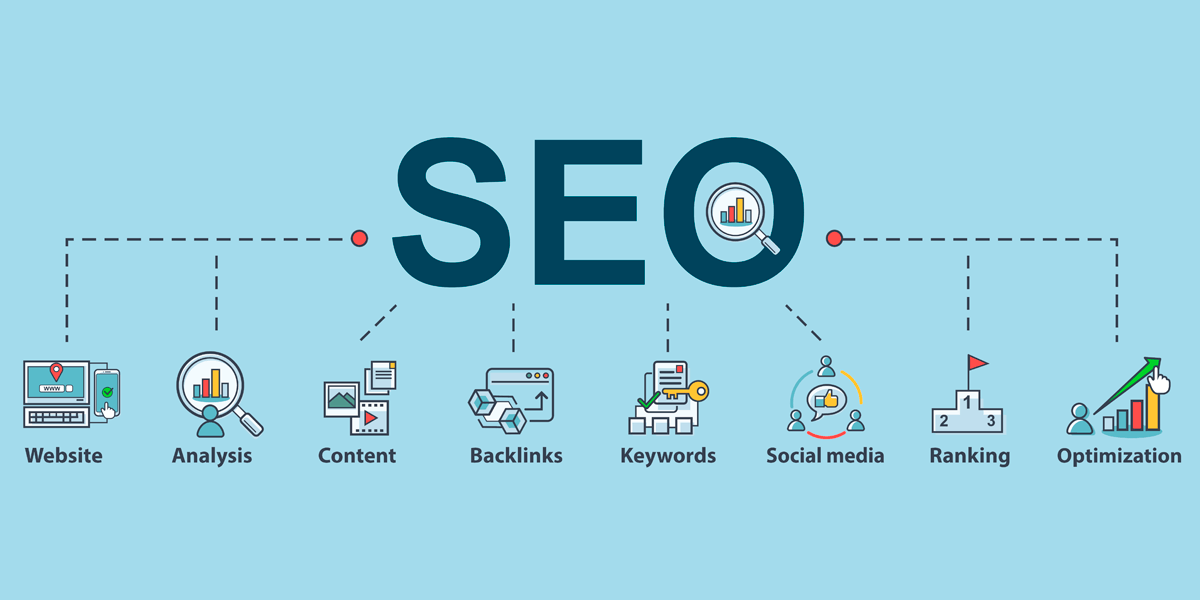Unveiling the Unconventional Mediums in Google Analytics Beyond Default Setups
In the world of digital analytics, Google Analytics stands as a cornerstone for businesses looking for to understand their on the internet existence. While default settings supply important understandings, truth depth of understanding depend on discovering the non-traditional tools that commonly go unnoticed. By venturing past the surface area and diving right into the details of social networks information, e-mail campaign performance, recommendation website traffic sources, straight traffic patterns, and custom network collections, a bonanza of information waits for those ready to embrace an extra nuanced strategy. However, what exists under these non-traditional mediums may simply redefine exactly how companies view and strategize their on the internet efforts.

Leveraging Social Network Insights
Sometimes ignored, yet profoundly beneficial, is the method of leveraging social media sites insights within the world of Google Analytics. By integrating data from platforms like Facebook, Twitter, Instagram, and LinkedIn into Google Analytics, organizations can get a much deeper understanding of their target market and the efficiency of their social networks projects.
Through this combination, marketers can assess and track user actions on their internet site that originates from social networks platforms. They can recognize which social media networks are driving one of the most traffic, which web content is resonating with the target market, and which campaigns are converting the most leads. This insight allows for data-driven decisions to enhance social networks techniques and enhance overall advertising performance.
Moreover, by combining social media understandings with Google Analytics, organizations can create more targeted and personalized projects - what is not considered a default medium in google analytics. They can utilize market info, rate of interests, and on-line actions collected from social networks to fine-tune their target market division and supply tailored messages that reverberate with certain client groups. This targeted strategy can lead to greater involvement, raised conversions, and inevitably, boosted return on financial investment
Uncovering Email Campaign Performance
Discovering Email Campaign Performance involves evaluating vital metrics and efficiency indications to assess the efficiency of email marketing initiatives. When diving right into e-mail campaign efficiency, it is critical to evaluate metrics such as open prices, click-through rates, conversion rates, and unsubscribe prices. Open prices suggest the percentage of recipients that opened the e-mail, supplying understanding right into the performance of subject lines and sender names. Click-through prices measure the portion of receivers that clicked on links within the email, revealing engagement degrees. Conversion rates track the percent of receivers who completed a wanted activity after clicking a link in the email, such as purchasing or signing up for a newsletter. Unsubscribe rates highlight the number of recipients that chose out of getting additional emails, dropping light on email content quality and importance. By evaluating these metrics, online marketers can fine-tune their e-mail campaigns for better interaction and efficiency.
Studying Recommendation Traffic Sources
After examining the performance of e-mail campaigns through vital metrics such as open rates and conversion prices, the next important step is evaluating reference web traffic sources in Google Analytics to comprehend where website visitors are coming from and how they connect with the site. Referral traffic resources describe the internet sites that direct customers to your website via clickable web links. By delving right into this data, services can obtain insights into which exterior systems are driving website traffic to their website, whether it be social media systems, companion websites, or on the internet directories.
It assists businesses recognize high-performing reference sources that add dramatically to site traffic and conversions. Google Analytics supplies detailed reports on reference traffic, allowing services to track the efficiency of each reference source accurately and make data-driven choices to improve their on-line presence.
Exploring Direct Web Traffic Patterns
Exploring the straight website traffic patterns in Google Analytics offers important insights into user actions and the performance of projects - what is not considered a default medium in google analytics. Direct website traffic describes site visitors who arrive on an internet site by directly keying the link right into their internet browser, making use of book marks, or clicking on untagged links. Recognizing straight traffic patterns can assist marketing professionals assess the effect of offline advertising efforts, brand name acknowledgment, and the efficiency of word-of-mouth recommendations
By diving into straight website traffic data, businesses can uncover vital details about customer intent and brand commitment. Evaluating the behavior of direct visitors, such as the pages they check out, the time spent on website, and the conversion price, can provide a deeper understanding of user interaction and the total performance of the site in converting visitors right into clients.
In addition, tracking direct web traffic patterns read in time allows businesses to identify patterns, seasonality results, and the success of certain projects or promotions in driving direct check outs. This information can then be used to refine advertising strategies, enhance website content, and enhance the total customer experience Learn More to make the most of conversions.
Utilizing Custom Channel Groupings
Making use of custom-made channel collections in Google Analytics enables businesses to classify and assess their site traffic based upon specific requirements, providing valuable understandings for enhancing marketing methods. Customized network groupings make it possible for companies to produce their own tailored groupings of website traffic resources, such as social networks, natural search, email projects, and reference website traffic. By defining these groupings, organizations can acquire a deeper understanding of how different advertising networks add to their site web traffic and conversions.
This attribute is specifically beneficial for services with diverse marketing strategies across different platforms. A firm running both paid and natural social media projects can separate between the 2 to analyze their individual performance properly. Additionally, personalized channel groups can aid identify any kind of neglected or taken too lightly web traffic resources that may be driving beneficial involvement.
Verdict

By venturing beyond the surface and delving right into the complexities of social media information, email project efficiency, recommendation website traffic sources, direct traffic patterns, and custom network groups, a treasure chest of information awaits those prepared to welcome a more nuanced approach. They can recognize which social media networks are driving the most traffic, which content is resonating with the target market, and which projects are converting the most leads.After reviewing the performance of e-mail campaigns through vital metrics such as open prices and conversion rates, the following critical action is examining reference website traffic resources in Google Analytics to comprehend where website visitors are coming from and view it exactly how they engage with the website. Custom-made channel collections make it possible for business to create their very own tailored groups of web traffic resources, such as social media, organic search, email campaigns, and referral traffic. By leveraging social media understandings, uncovering email campaign efficiency, examining referral traffic sources, exploring direct web traffic patterns, and making use of custom-made network collections, marketing professionals can obtain useful understandings right into their on the internet visibility.